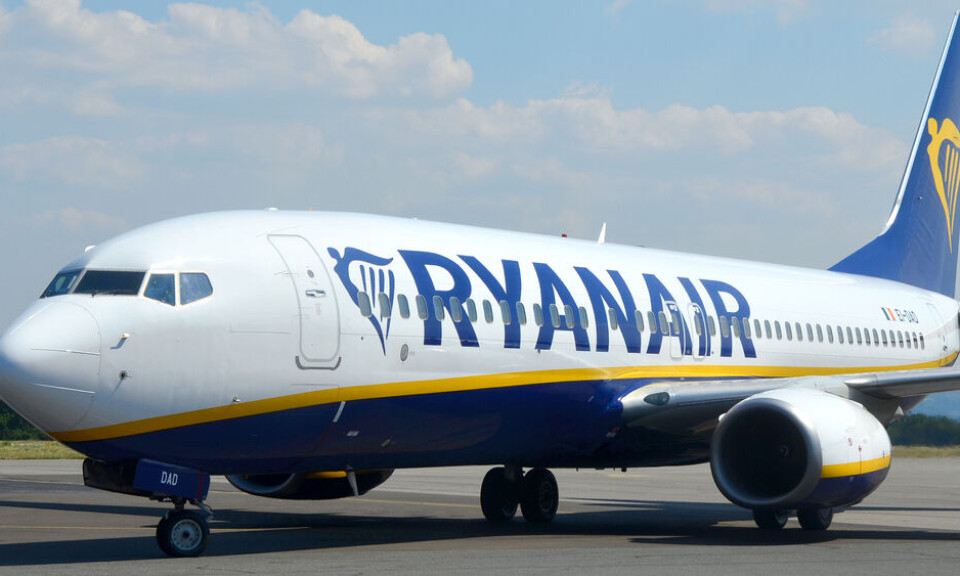-
Funeral held in Normandy for last Native American soldier to survive D-Day landings
Charles Norman Shay was among first to land on Omaha beach and a recipient of Silver Star and Legion of Honour medals
-
Video surveillance grows across France as towns issue more fines
Normandy town of Ouistreham is the latest to roll out real-time CCTV
-
Normandy once again named ‘Most Desirable Region in Europe’
Northern France’s historic spot voted top by leading UK travel magazine readers
Normandy island's stone used in London and Paris
A rocky outpost on a Norman archipelago has sent its stone far and wide

The biggest of the Chausey islands off the coast of Normandy may only be 1.5km long, but the granite from the archipelago has been put to good use in buildings as far afield as London and Paris – not to mention the nearby Mont Saint-Michel.
Gilbert Hurel, author of several works dedicated to the archipelago, says: “Chausey granite was used in many buildings and projects throughout the last nine centuries. Mont Saint-Michel was completely built with stone from Chausey, and the rock was also exported to London, and to Paris to build pavements during the Haussmann renovations.”
More locally, workers excavated 12,000 tonnes of granite in two years to repair the damages to the town of Saint-Malo in Brittany, after the second world war.
Many old Jersey houses are built from beautiful pale blue Chausey granite (Jersey people went there to quarry it, often illegally).
During the 19th century, more than 500 quarry workers made their living there. The reason for the granite’s success was firstly its high quality, but also its practical location. “The strong tides (14m difference between low tide and high tide) allowed boats to come straight to the quarries on the water’s edge and transport it away. This was a considerable economic advantage at a time when budgets for hoisting and loading equipment were practically non-existent,” added Mr Hurel.
The quarries have been abandoned since the end of the 19th century, when new transport methods such as cranes and railways were invented and quarries on the continent became more profitable.
Daily transport links from the islands are provided to Granville, 17km away, in peak times of the year. The biggest island is the only one to be inhabited, and has a population of just 30. At high tide, the archipelago consists of 52 islands but at low tide, 365 can be seen.
























